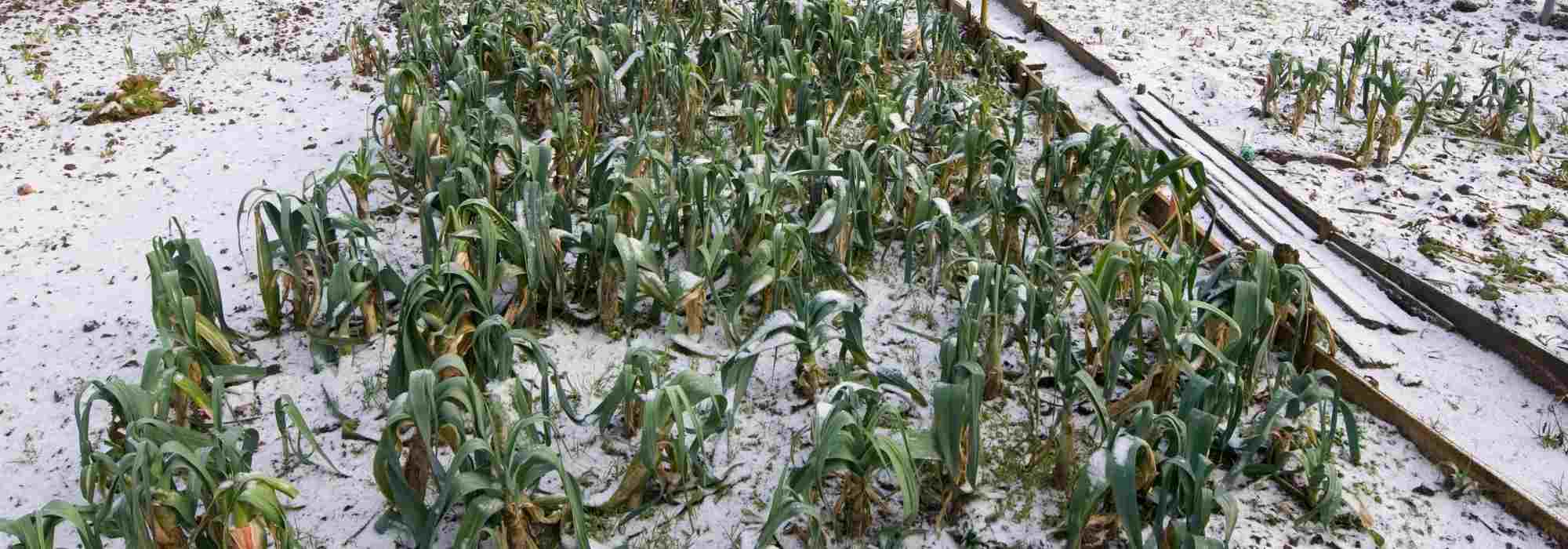
Growing a vegetable garden in continental climate
Adapting to achieve a thriving vegetable garden
Contents
Continental climates are characterised by their extreme winter and summer conditions. Indeed, temperatures can be very cold in winter and scorching in summer. This is the case for the Alsatian climate, for example. These significant temperature fluctuations throughout the seasons make gardening considerably more challenging. Without care and diligence, great disappointments can discourage even the most motivated gardeners. Discover our tips for successfully growing in a continental climate.
What are the constraints of this type of climate?
Continental or semi-continental climates, by definition, pertain to inland areas not influenced by oceanic conditions. In France, the regions affected by this climate are those in the north-east. Summers are hot and winters are harsh, with a significant number of days of snow or frost. Moreover, the annual total of precipitation is not very high and is unpredictable due to the surrounding relief.
Finally, the soil in your garden takes longer to warm up in spring, which will delay your work in the vegetable garden.
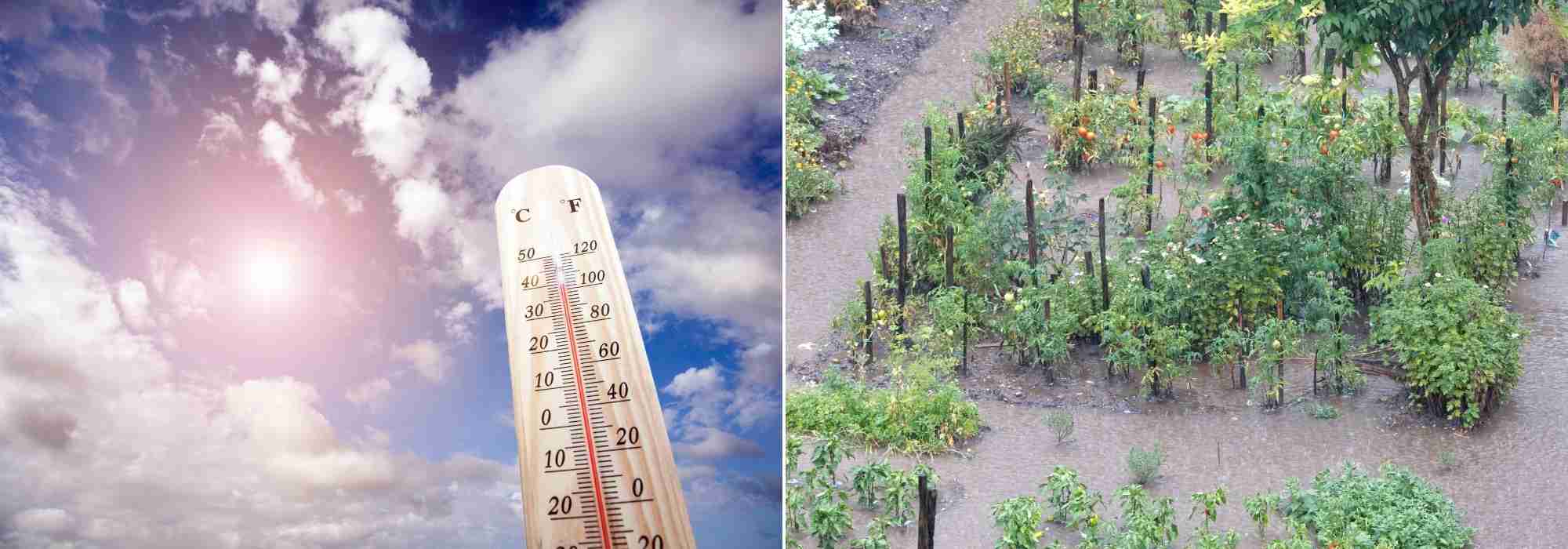 Very hot summers, even heatwaves, and often torrential rains… the continental climate is not kind to vegetable gardens…
Very hot summers, even heatwaves, and often torrential rains… the continental climate is not kind to vegetable gardens…
Essential equipment
Be very attentive to weather forecasts and protect what needs to be protected! For this, you will need:
- Protective covers (mainly used in spring) allow you to protect your crops and gain 2 to 3 degrees. They help to hasten the growth of cold-tolerant crops as winter ends or when it unexpectedly returns.
- A greenhouse is practically essential for diversifying your crops despite the cold and winter snow. It also allows for the establishment of a warm layer inside to gain valuable extra degrees. The protective cover can also be used within a cold greenhouse to shield against the cold but also to prevent overheating during summer (placed on the greenhouse windows in this latter case).
- Shade structures (made of bamboo, fabric, or heather) are extremely useful for combating the harshness of the sun in mid-summer. They are particularly beneficial for protecting leafy vegetables.
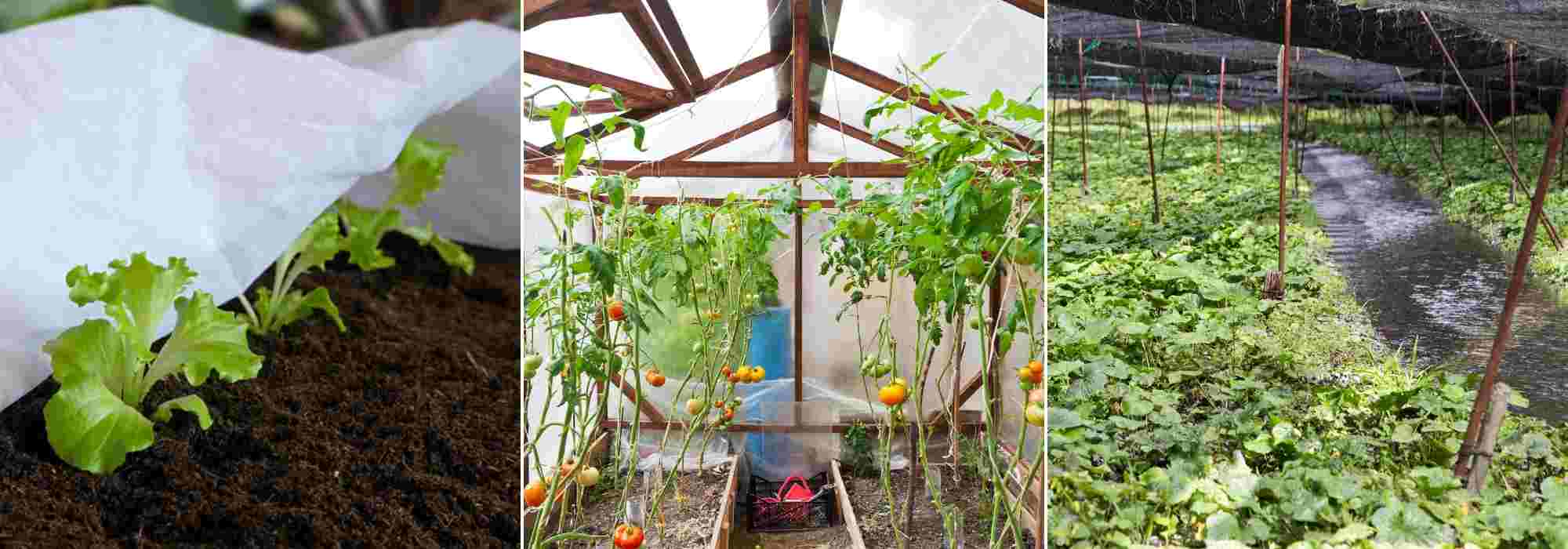
Protective covers, greenhouse, and shade structures are very useful in cold climates
Discover other Vegetable gardens
View all →Available in 0 sizes
Available in 0 sizes
Available in 1 sizes
Available in 1 sizes
Available in 1 sizes
Available in 1 sizes
Available in 1 sizes
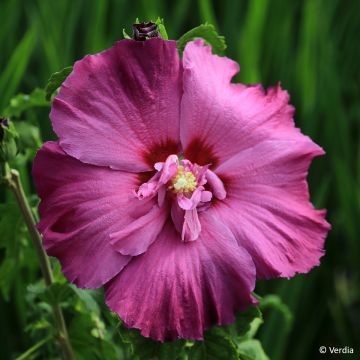
Available in 1 sizes
Available in 1 sizes
Available in 1 sizes
Designing your vegetable garden in a continental climate
Growing mound
In a harsh climate, this type of setup allows you to combat drought while also providing a growing substrate that warms up more quickly after winter. Currently very popular, the mounds are often filled with spongy wood and various green materials that retain water and produce a slight warmth throughout the year.
Hot bed
Although care must be taken not to rush the sowing in this type of climate, hot beds prove to be a good solution for keeping your seedlings warm without cluttering your home. It involves stacking a generous layer of organic matter (at least 30 cm) rich in nitrogen (manure, grass clippings, kitchen waste…) and soaking it with water to raise the temperature under a frame or glass. All you need to do is place your seedlings on top of this layer.
Which plants to choose?
The continental climate should lead you to choose extremely hardy vegetables. Some of these will be so-called “forgotten” vegetables.
Most of these vegetables have a low germination temperature, which will make it easier for you to grow your vegetables.
Let’s mention the swedes, Jerusalem artichokes, cardoons, Swiss chard, beetroots, carrots, round peas, broad beans, leeks, winter lettuces, onions, turnips, shallots…
Potatoes originally come from the Andes, and some varieties are well adapted to montane climates, such as the delicious ‘Amandine’.
Don’t forget to select varieties that are well suited to the cold, which can withstand frosts or even better, have improved flavours after a frost, like certain curly cabbages.
So-called “perpetual” vegetables will also be an excellent choice. Among them, we can mention perpetual leeks, wild garlic, lovage, and Daubenton perpetual cabbage.
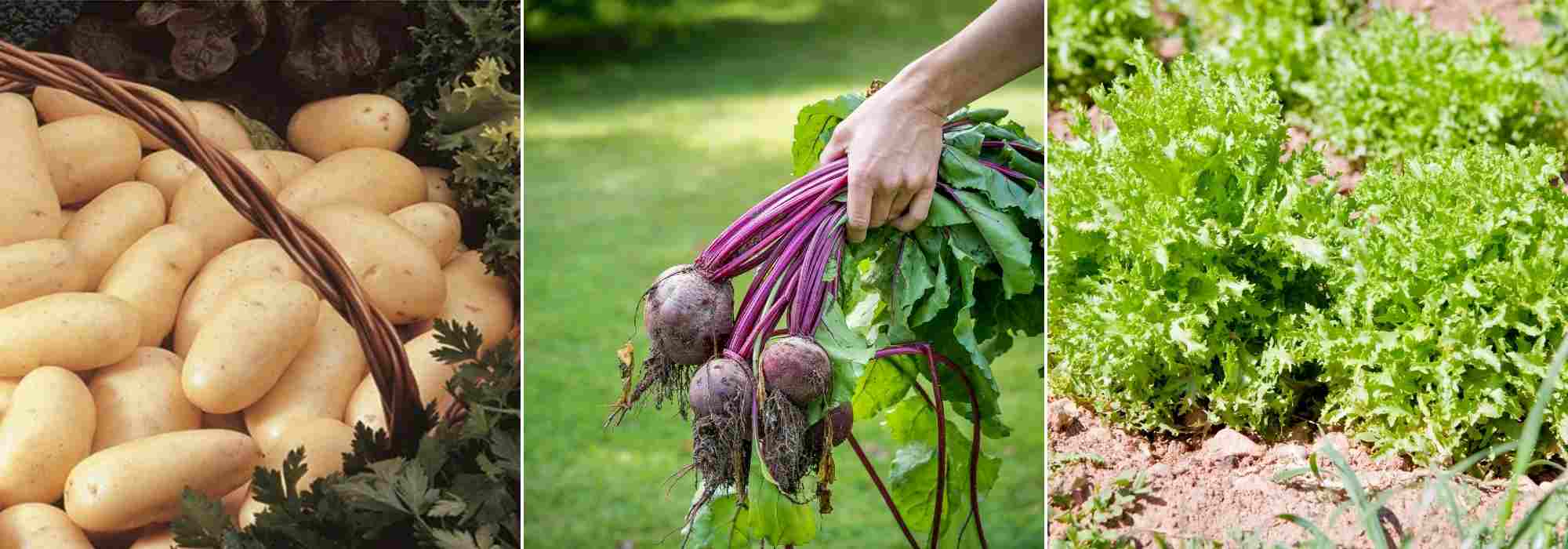 Choose vegetables and varieties that withstand the cold: ‘Amandine’ potatoes, beetroots, escaroles…
Choose vegetables and varieties that withstand the cold: ‘Amandine’ potatoes, beetroots, escaroles…
- Subscribe!
- Contents
































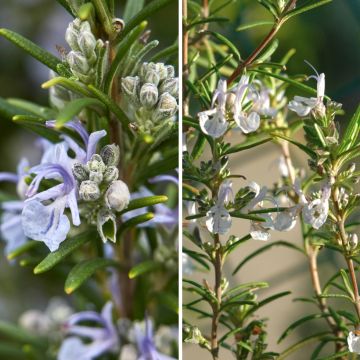
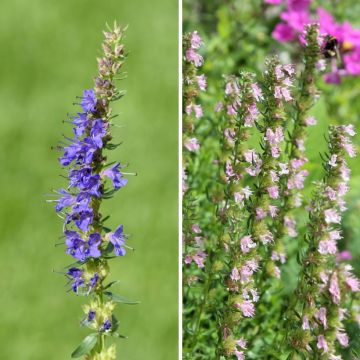
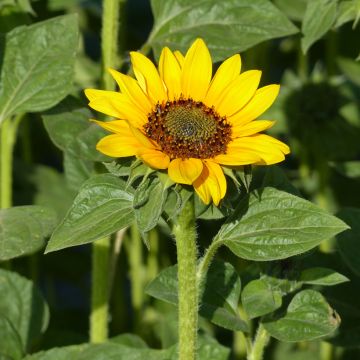
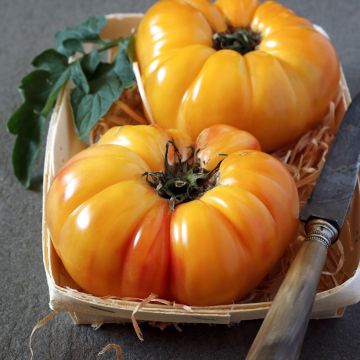

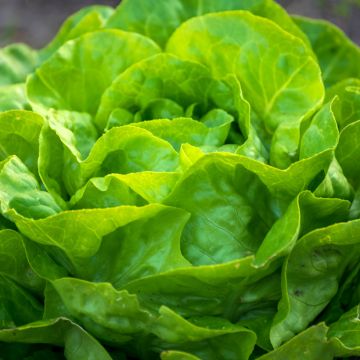
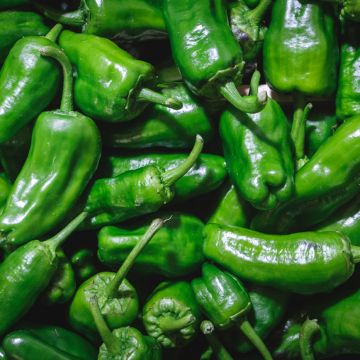
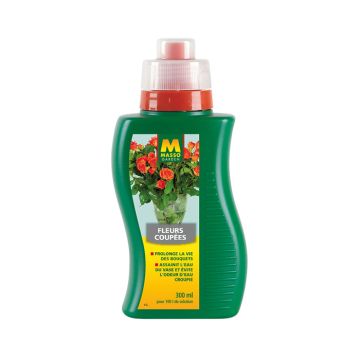
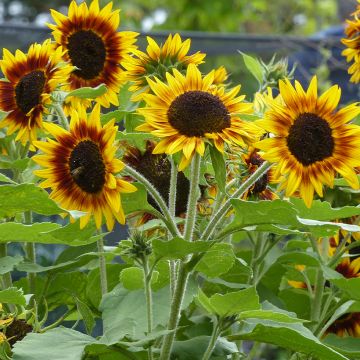
Comments